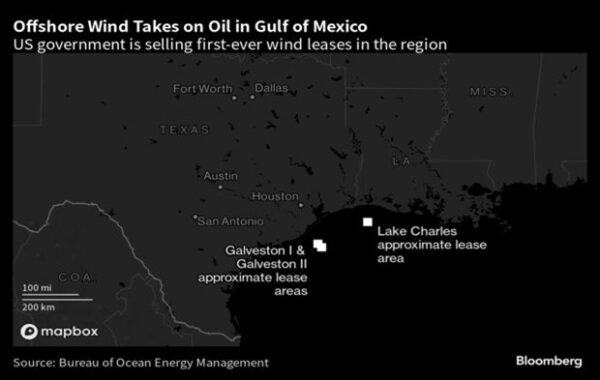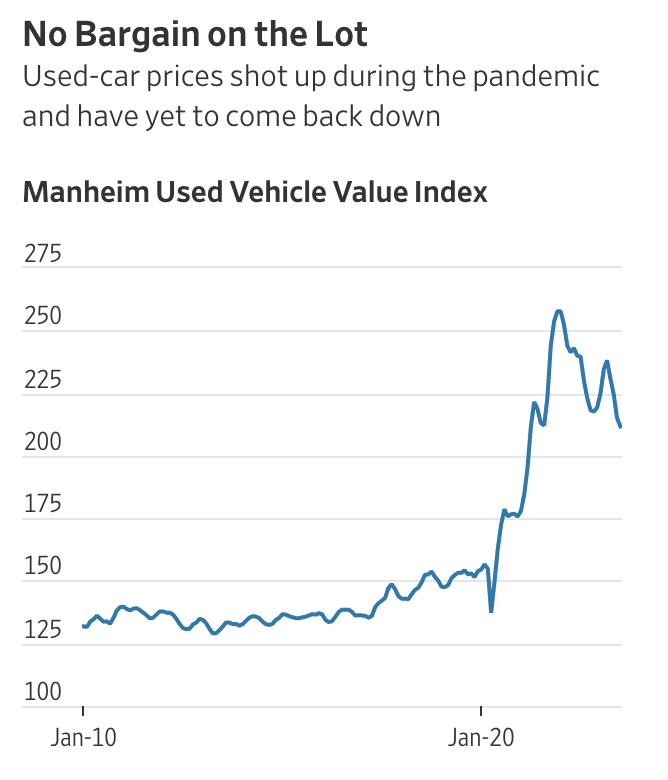On this episode of The Unregulated Podcast Tom Pyle and Mike McKenna review the latest events shaping the 2024 presidential field, economic woes, and the future of American auto manufacturing. This week Ryan Walters, the Superintendent of Public Instruction of Oklahoma, joins the show for a discussion on the state of American education.
Links:



